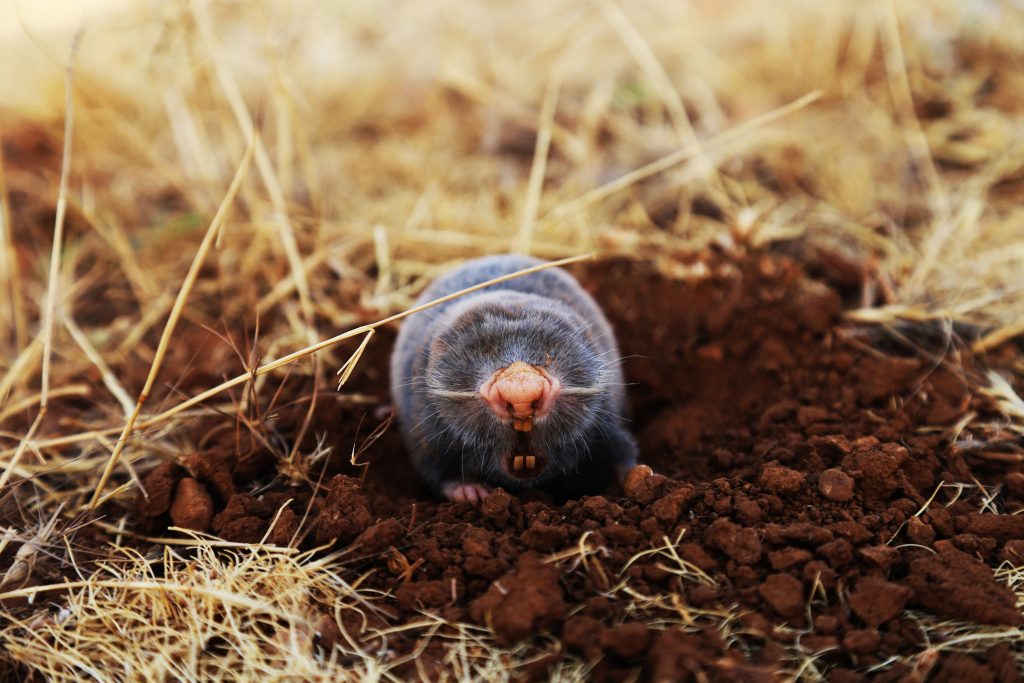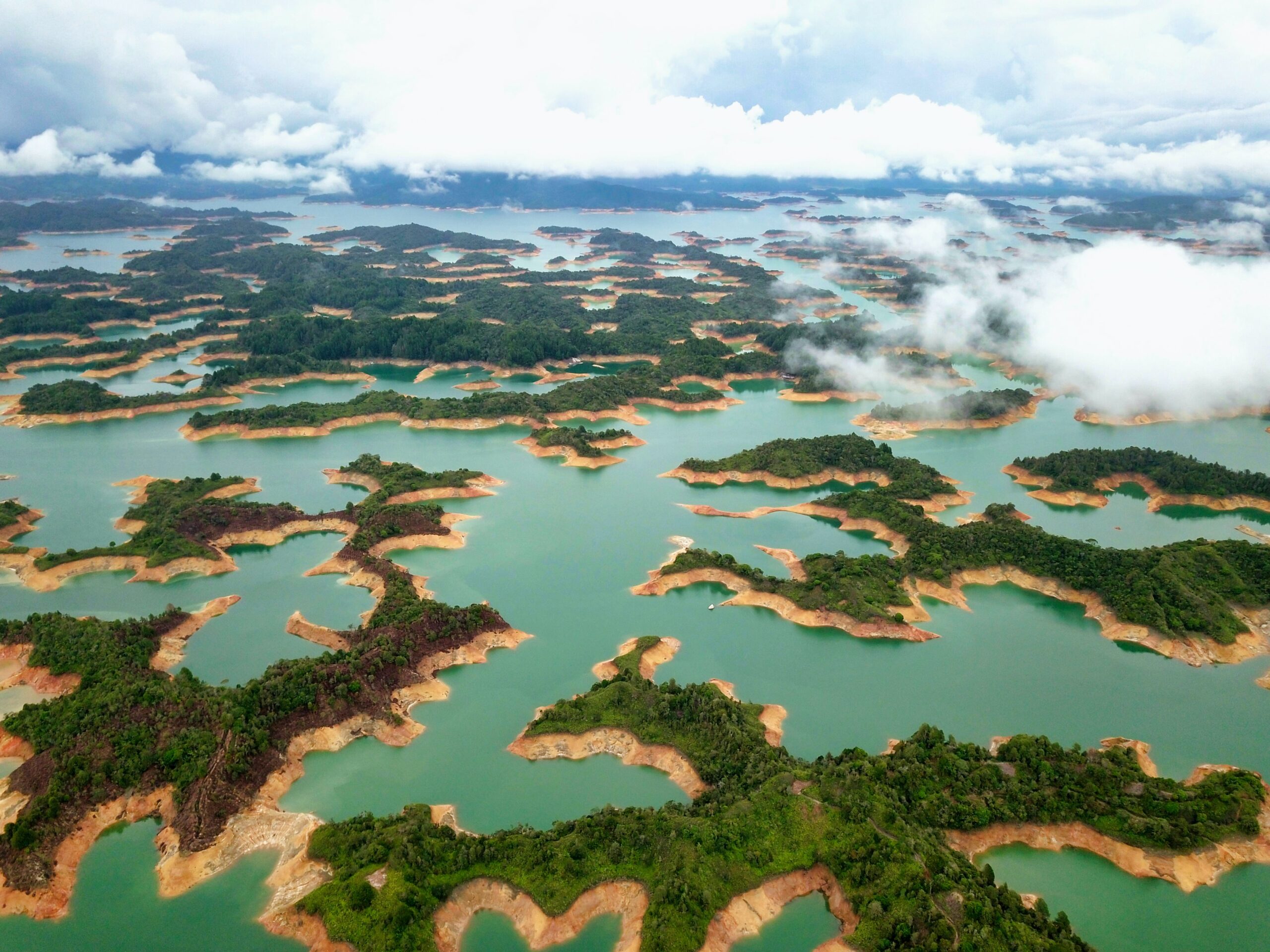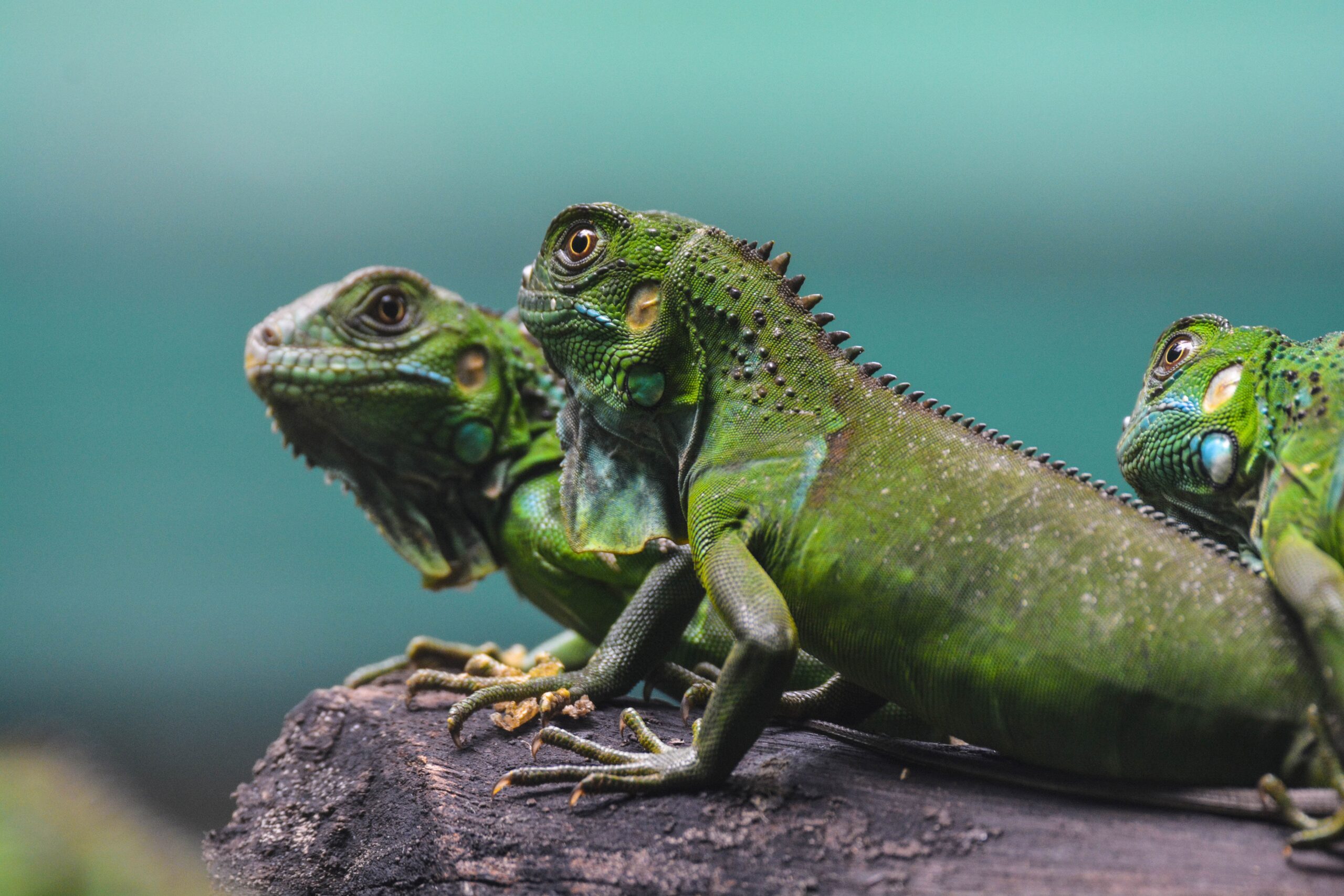
This article was originally published on the Word Economic Forum.
“Last month, the United Nations Global Biodiversity Outlook announced that no government had met a single target to halt biodiversity loss in the last decade. Deforestation rates are increasing, with an estimated 17% of the Amazon rainforest being lost in the last 50 years. Bee populations are at risk due to human activity and, in the US, honey bee populations declined by 60% between 1947-2008 while in Europe, 12 wild bee species are critically endangered.
Some recovery packages are already acknowledging the role of nature in helping the economy recover from COVID-19. In September, leaders from 77 countries pledged to reverse biodiversity loss by 2030 during the UN Biodiversity Summit and negotiations are ongoing to finalise the post-2020 Global Biodiversity Framework.
For any of these efforts to succeed, we must first expand our understanding of biodiversity.
…It is difficult to fully grasp the extent of the number of species that work together to support life on Earth. However, we can make the same strides with biodiversity as we did to understand the complex science behind climate change.
While trees and mammals make a much more convincing and emotive case in marketing campaigns than marshland or bacteria, taking a narrow view of biodiversity hides nature’s true wonder. Instead, let’s view species, not through a human-centred lens, but rather as equally critical parts of incredible, complex and life-giving systems.”
Read on at: WEF












